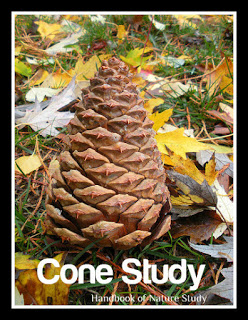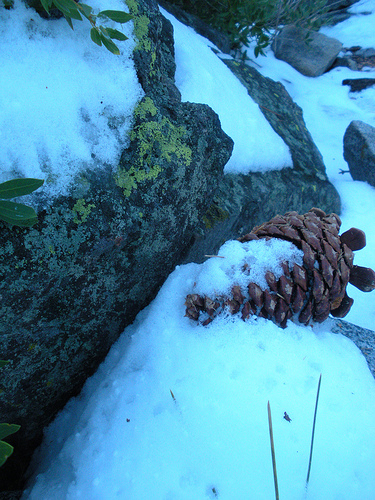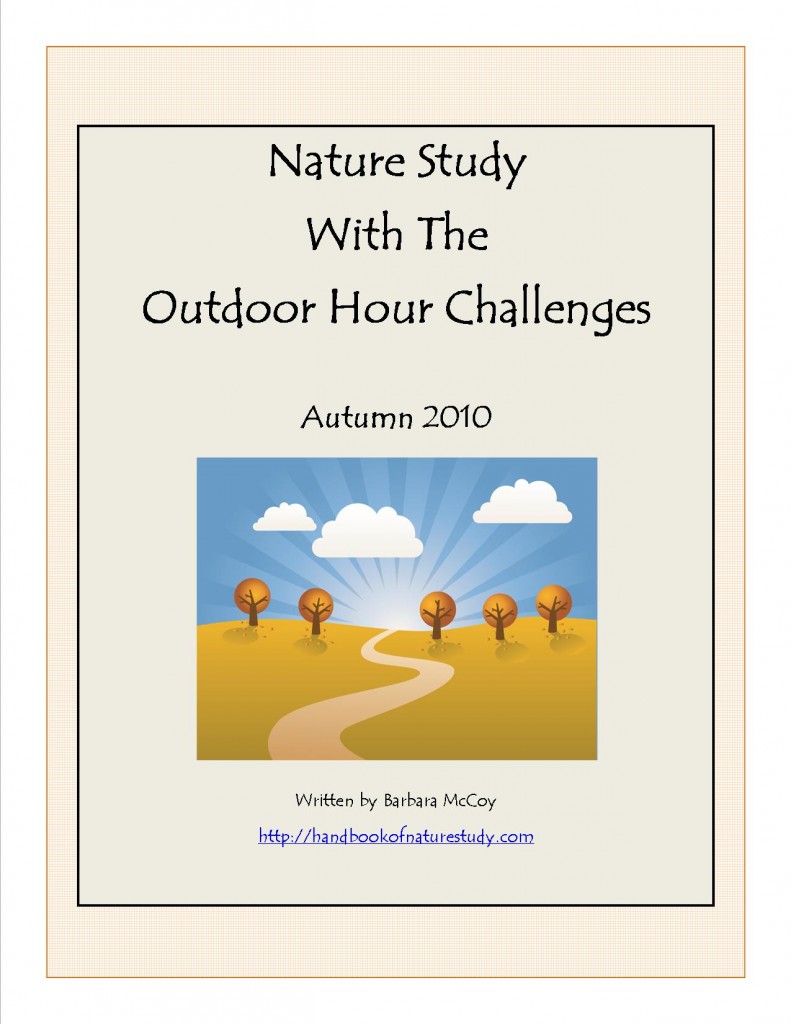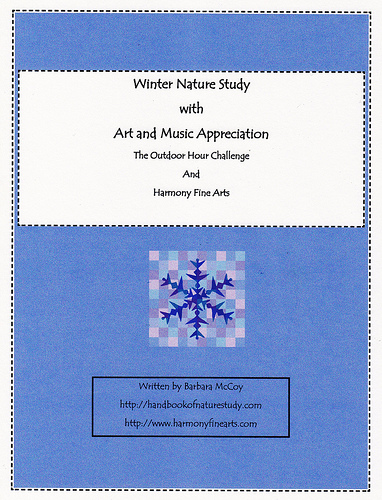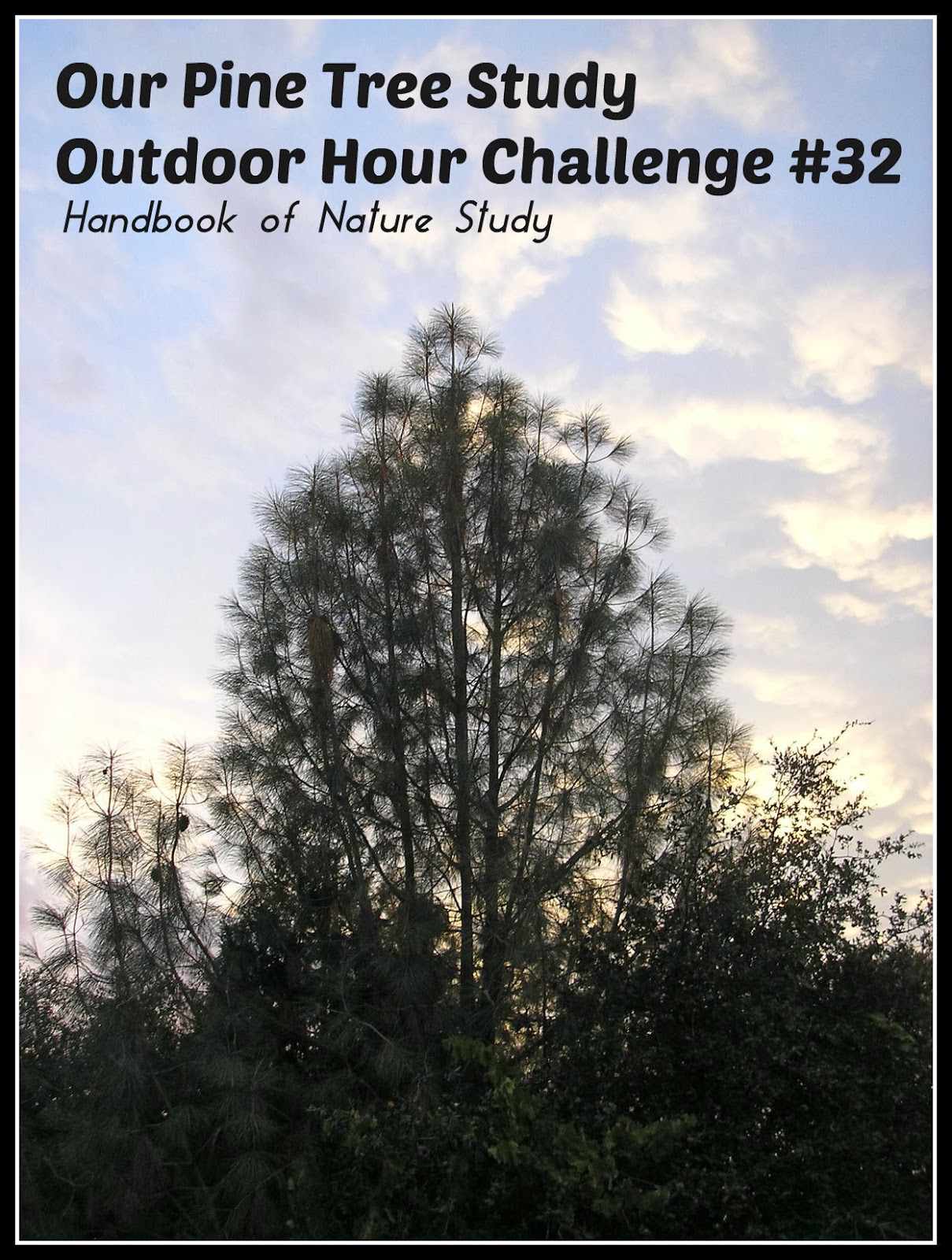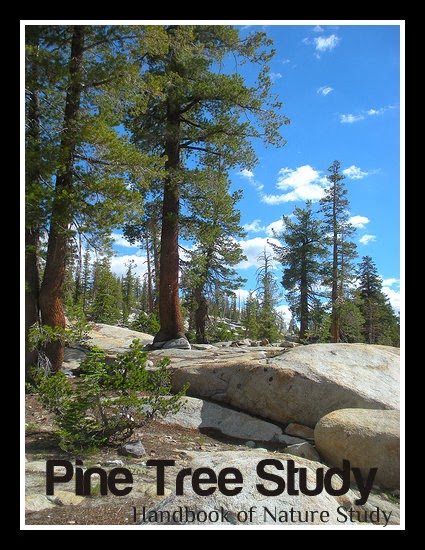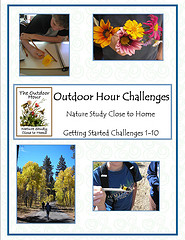Our study of pine cones started way back when I was writing the Autumn Series ebook. We gathered a few pine cones to use in the experiments suggested. We had fun soaking the cones in a bucket of water and then setting them in the sun to observe them as they dried and opened up again. Simple things sometimes make the deepest impressions and honestly, none of us had really put all the pieces together until doing the experiments. I know I took photos but they are lost somewhere on my hard drive. Could that be a sign of taking too many photos? I bet a lot of you can relate to my desire to document as much as I can about our world and that leads to lots of images to save and enjoy.
Our unofficial theme as we worked through this study became something like this:
Pine cones don’t just hold still, they are a living thing created for a specific purpose.
What else pushed this pine cone study up another notch?
We have had sort of an on-going study of the female and male cones of the pines in our area.
We studied pine cones back in February of 2008 as part of the Winter Wednesday studies: Cones and a Woodpecker. We also studied pines as part of the Winter Series back in February 2010. This time though we are really trying to concentrate on the cones.
We extended our study of female and male cones.
This is the photo that sort of started it all so long ago. We wondered if these were “baby pine cones”. Well, it turns out they are not and only after completing a study of what gymnosperms are in our biology study did things start to fall into place. There are male and female cones on the tree. Females are usually at the top and males at the bottom. The males have the pollen that is wind driven up to meet up with the female cones. How about a simple video that even I can understand? Here you go!
Next we wondered why the female cones are sticky and then we guessed it had to do something with capturing the pollen…but that is whole other subject.
This guy wanted to be included in our pine cone study this week. He was so very happy that I put out some extra walnuts for him when I was filling the birdfeeders and he climbed up the tree to look in the living room window at us.
“Thanks a lot”, he said as he swished his big fluffy tail and then dropped to the ground and off to eat some more.
There were also some bird friends that made an appearance but I will save those for another post.
There is always something to learn about in our world and these challenges have helped us focus on things that we never dream of making into a complete study all on their own. I love it.




